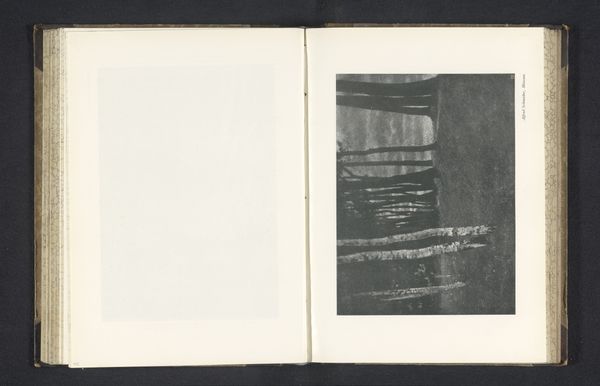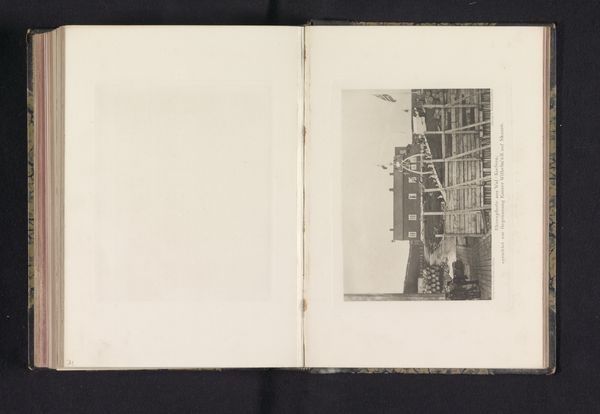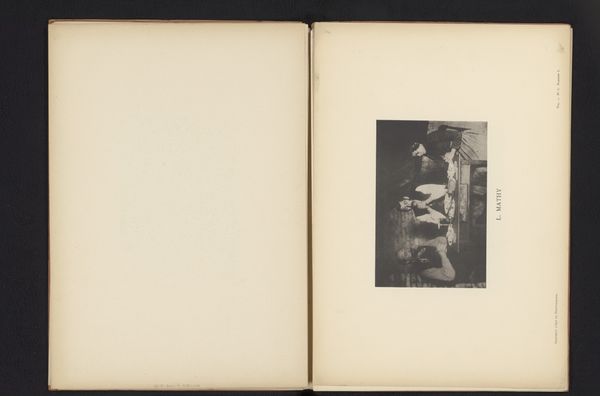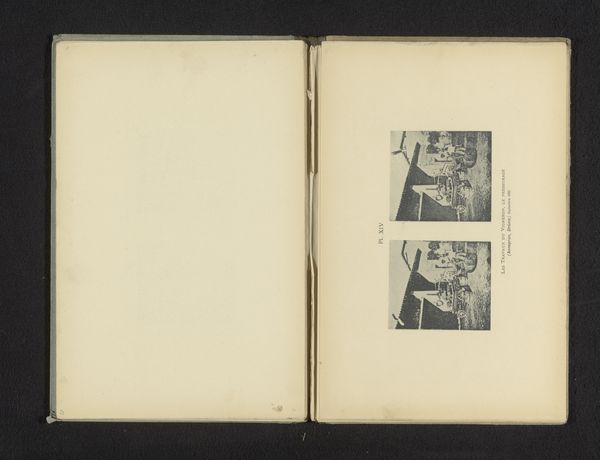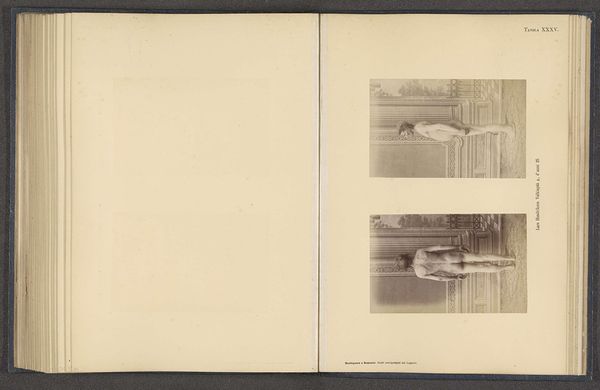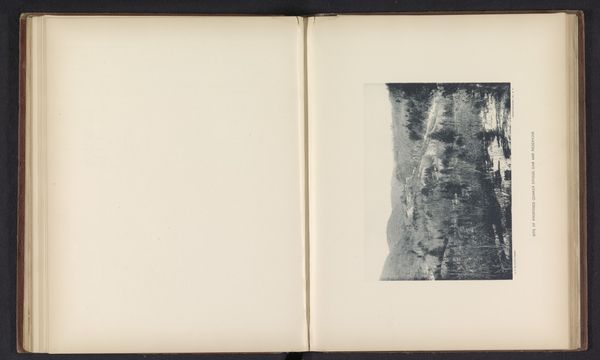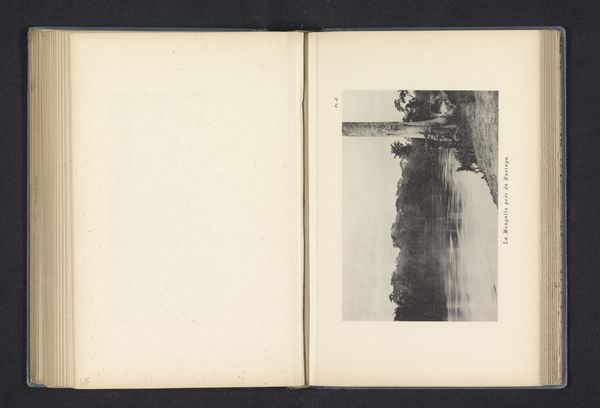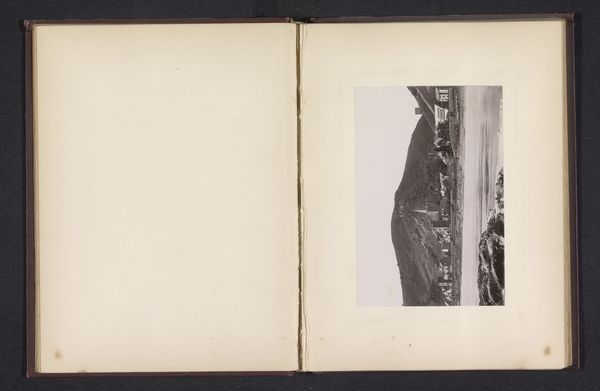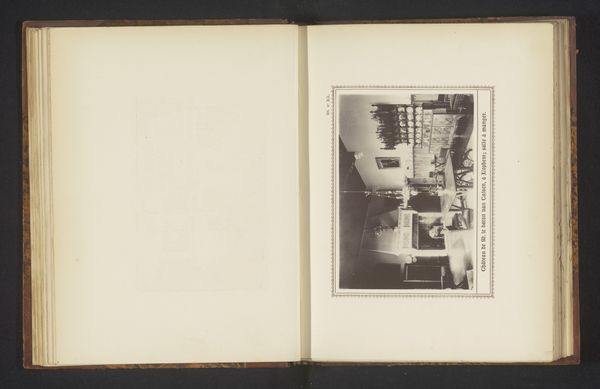
print, photography
#
african-art
#
still-life-photography
# print
#
photography
Dimensions: height 110 mm, width 158 mm
Copyright: Rijks Museum: Open Domain
Curator: Well, hello there. Let's ponder this image captured by Franz Thonner back in 1896. The piece, titled "Messen, halsketting en een mat van de Bangala en Bapoto", which translates to "Knives, necklace and a mat of the Bangala and Bapoto," offers us a still life captured with photography and presented as a print. What springs to your mind? Editor: Striking! It’s like a staged archaeological find—the neutral backdrop throwing these tools and adornments into stark relief. There's an immediate sense of cultural practice frozen in time. Each item is laden with untold stories. Curator: Absolutely, the composition, as still-life-photography, evokes both scientific detachment and latent intrigue. Notice how Thonner plays with the arrangement, lending a somewhat solemn weight to these everyday, or perhaps ceremonial, objects. To my eyes, those knife blades speak volumes about conflict and survival, juxtaposed so curiously with an ornate necklace. Editor: Those knife shapes themselves are rife with symbolism. The curved blade, almost lunar in its crescent, might suggest cyclical time or rites of passage. And the mat in the center? It feels like a stage, a contained space for ritual or storytelling. It creates a sacred ambiance despite the photographic, documentary lens. Curator: True, it acts as both exhibit and tableau, blurring lines of understanding of our subjects’ way of living. These elements transcend simple functionality. They’re almost totemic, radiating this profound energy which might hint toward hidden societal structures and beliefs, embedded deep within the Bangala and Bapoto cultures. Editor: The fact that it's captured as a print only enhances that sense of removed observation. It highlights the translation across time and media, allowing us to question how we frame and preserve these cultural relics. A bit like finding runes and attempting to read a lost civilization. Curator: I concur. This piece compels us to see past the colonial gaze to try and understand the life imbued in each of the object and recognize them for more than simple relics from history. These fragments have a haunting vitality still. Editor: Indeed. A testament to the silent power held within everyday artifacts, whispers of past lives resounding from that long-ago captured frame.
Comments
No comments
Be the first to comment and join the conversation on the ultimate creative platform.
